Are you interested in learning about different cultures and their histories? Here are the ethnology museums to visit in Andalusia:
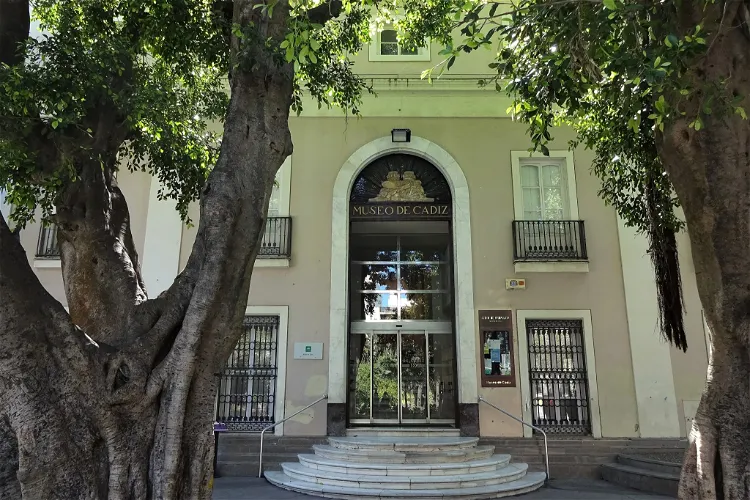
Cadiz Museum
CádizThe Cadiz Museum is situated in the heart of the old town of the Andalusian city of Cadiz, specifically at Plaza de Mina. This location is steeped in history and offers a unique cultural experience for visitors. The museum building itself was restructured by architect Juan Daura based on his 1838 design, transforming part of the secularized Franciscan convent.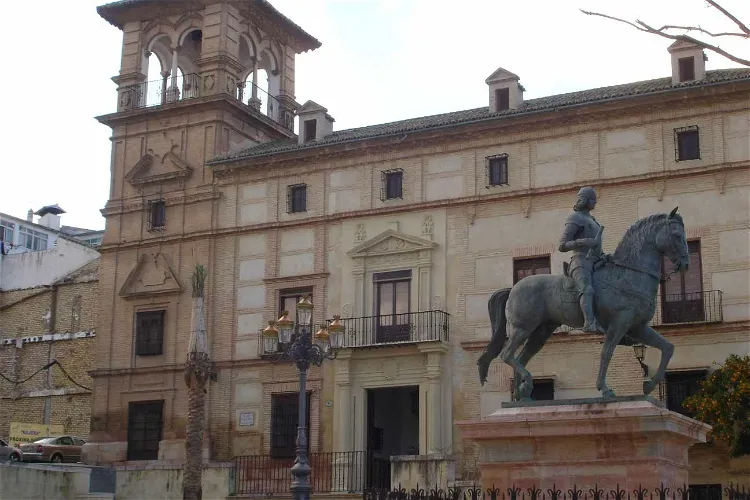
Municipal Museum of Antequera
AntequeraThe Municipal Museum of Antequera (MVCA) is a comprehensive museum that houses a diverse collection of fine arts, archaeological, and ethnological exhibits. Located in the city of Antequera, Spain, the museum offers a rich exploration of history from prehistoric times to the present day. It is a significant cultural institution in the region, providing visitors with a deep understanding of the area's historical and cultural heritage.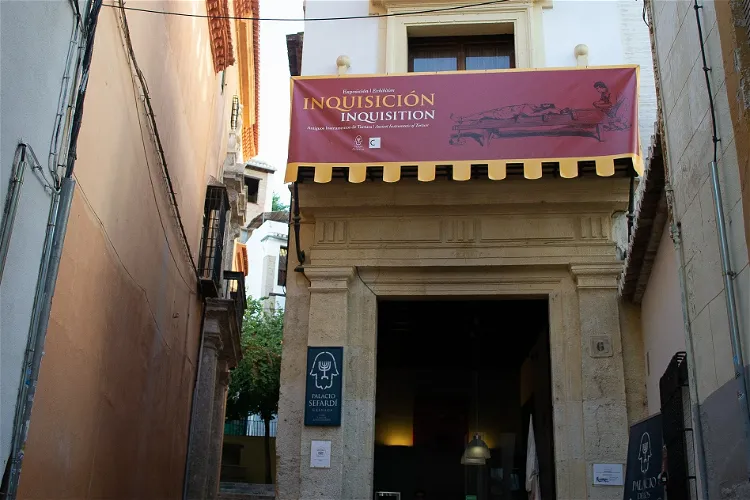
Palace of the Forgotten
GranadaThe Palace of the Forgotten, located in Granada, Spain, is a museum that focuses on the Spanish Inquisition, Jewish history, and the heritage of Granada and Andalusia. This museum provides a unique opportunity to delve into the rich and complex history of these subjects, offering a comprehensive understanding of the region's past.
Historical Ethnological Museum of Mijas
MijasThe Historical Ethnological Museum of Mijas is situated in the old part of Mijas Pueblo, a charming town in the province of Malaga, Spain. This location offers visitors a chance to explore the rich history and culture of the region while enjoying the picturesque surroundings of the town.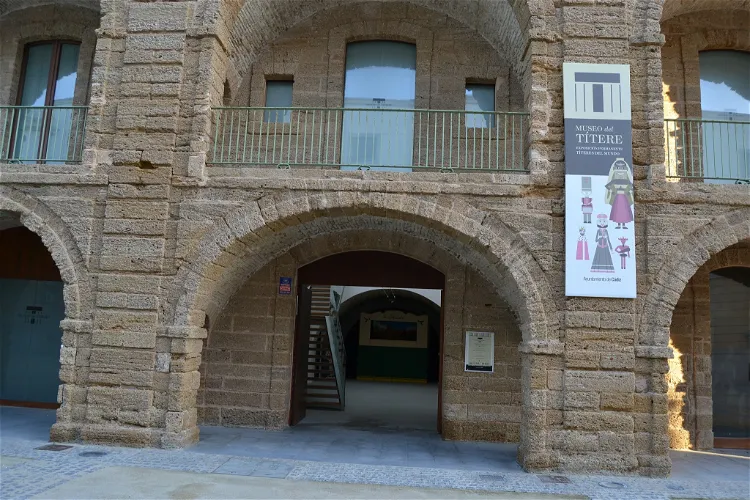
Puppet Museum
CádizThe Puppet Museum in Cádiz is a municipal establishment dedicated to the culture and history of puppets. It is situated in the Vaults of Puerta de Tierra in the Bay of Cádiz and was inaugurated on August 9, 2012. This location provides a unique setting for the museum, adding to the overall experience of the visitors.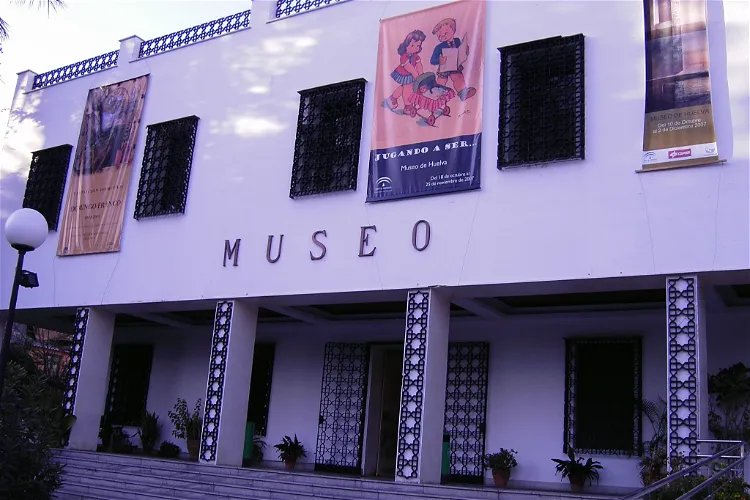
Museum of Huelva
HuelvaThe Museum of Huelva is divided into three distinct sections: Fine Arts, Archaeology, and Ethnology. Each section offers a unique insight into the rich cultural and historical heritage of the region. The museum has been declared a Cultural Interest Asset, with the category of Monument, further emphasizing its importance and value.
Caja Granada Cultural Center
GranadaThe CajaGranada Cultural Center offers a wide range of cultural and educational activities, with a particular emphasis on art and culture. It is designed to adapt to the needs of specific artistic expressions and is equipped to support installations and audiovisual media. This flexibility allows the center to host a variety of events and exhibitions, making it a dynamic and engaging destination for visitors.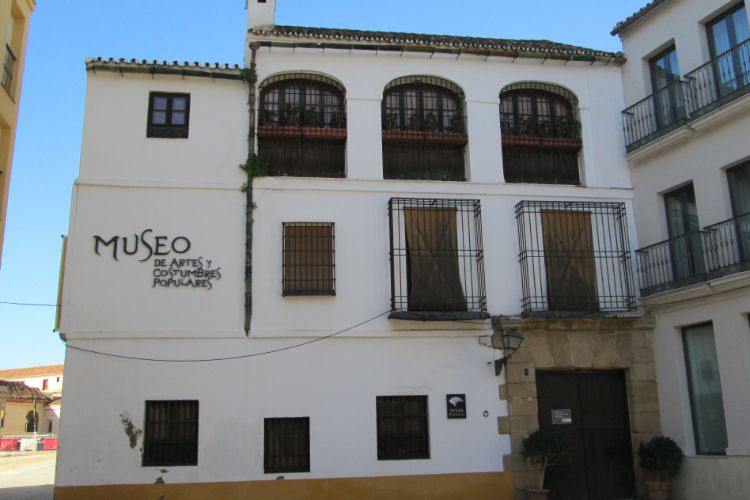
Museo de Artes y Costumbres Populares
MálagaMuseo de Artes y Costumbres Populares (The Museum of Popular Arts and Customs) is an ethnographic museum in Malaga. The museum is housed in the Mesón de la Victoria, a 17th century inn located on the banks of the Guadalmedina River. The museum exhibits its collection in nineteen rooms that represent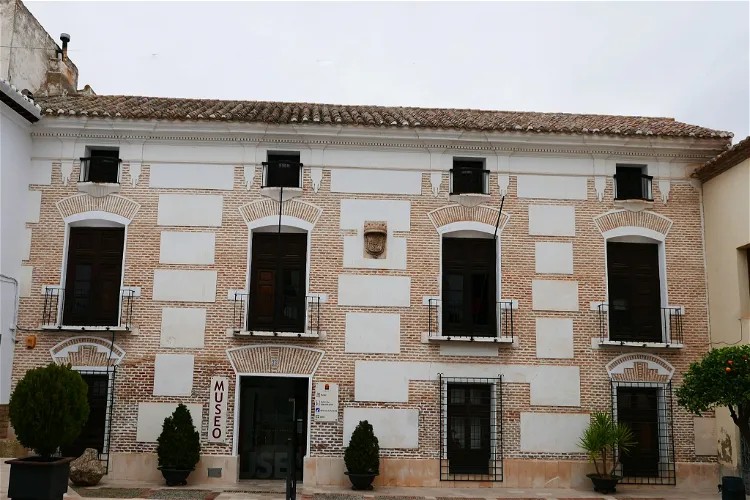
Velezano County Museum "Miguel Guirao"
Vélez-RubioThe Velezano County Museum Miguel Guirao is situated in the charming municipality of Vélez-Rubio, within the province of Almería, Spain. This location offers visitors a chance to explore the rich history and culture of the region while enjoying the beautiful surroundings of Vélez-Rubio.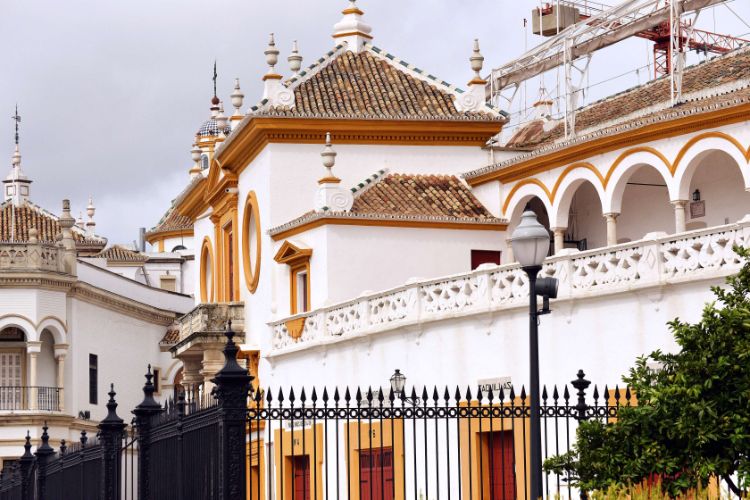
Museo Taurino
SevilleThe Bullfighting Museum of Seville (Museo Taurino) is located in the bullring of Seville. It belongs to the Real Maestranza de Caballería de Sevilla. The museum is dedicated to bullfighting in general and in Seville and displays various objects related to bullfighting.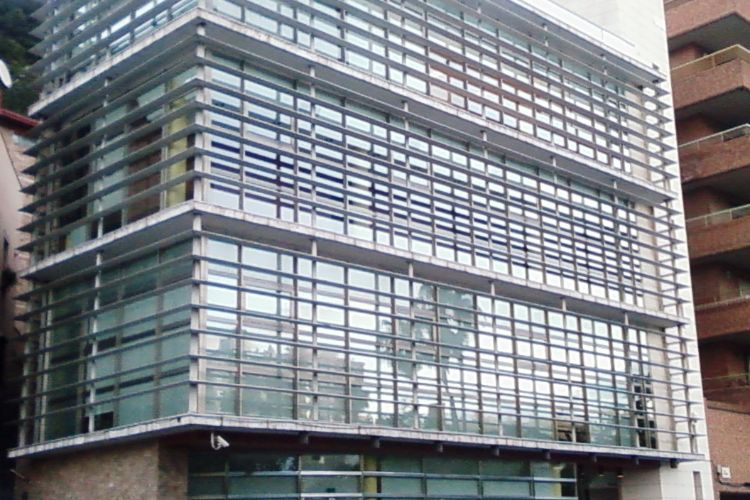
Museo del Patrimonio Municipal
MálagaMuseo del Patrimonio Municipal (The Municipal Heritage Museum, MUPAM) is a museum of art and history in Málaga housed in a building designed by Federico Orellana Ortega. The musuem holds a colelction of objects related to the city, consisting of 5,000 pieces owned by the City of Malaga, spanning the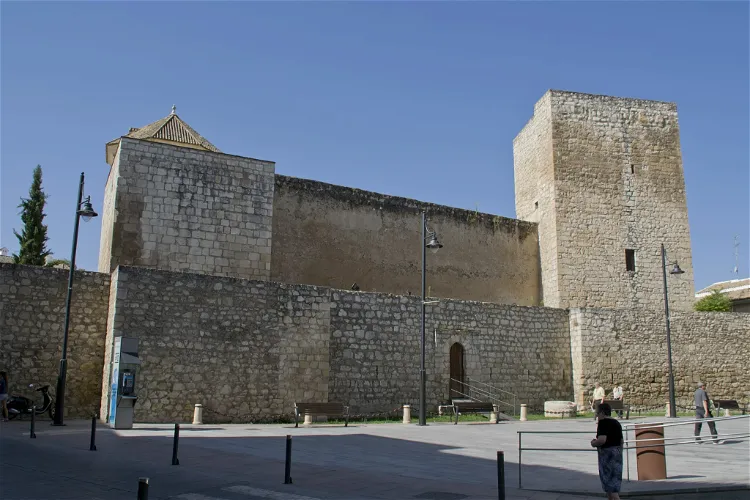
Castle of the Moral
LucenaThe Castle of the Moral, also known as the Castle of Lucena, is a military fortress located in the municipality of Lucena, Córdoba, Spain. It is a significant historical site that dates back to the arrival of the Almohad Empire in the villages in 1148. The castle was strategically built to safeguard the Cora Cabra-Baena, which was possibly very unstable and governed through the control of North-South commercial caravans.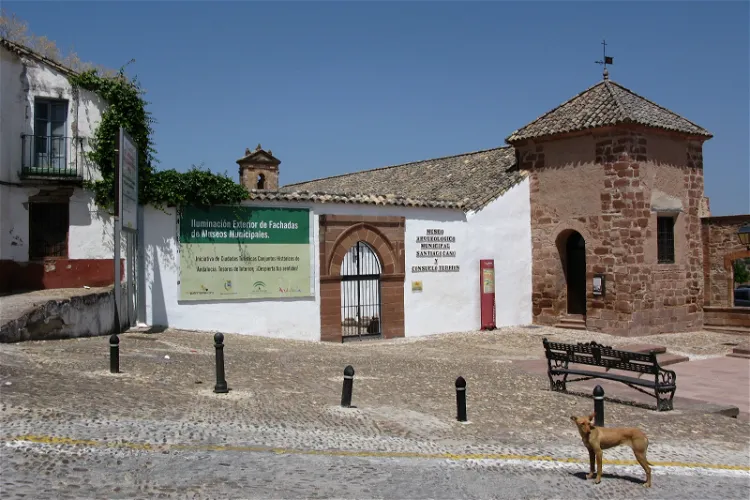
Archaeological Town Museum
MontoroThe Archaeological Municipal Museum of Montoro is a city-owned and managed museum located in the city of Montoro, in the province of Córdoba, Spain. This museum is a significant part of the city's cultural heritage and offers visitors a chance to explore the rich history of the region.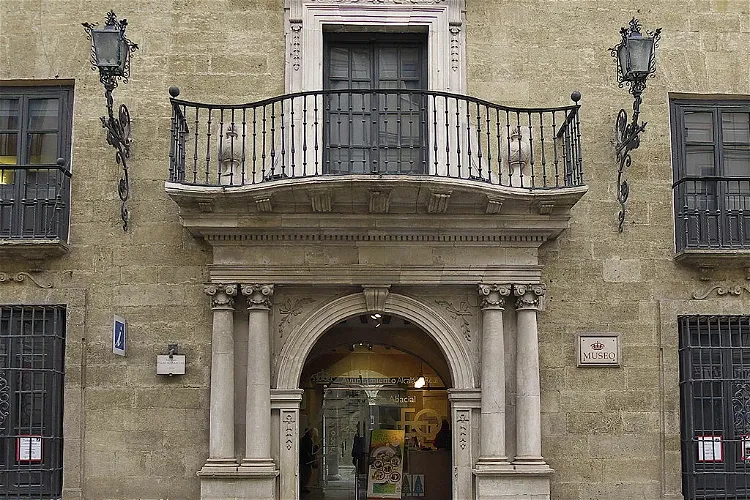
Abbey Palace
Alcalá la RealThe Municipal Museum of Alcalá la Real is a significant cultural institution in the province of Jaén, Spain. Managed and owned by the municipality, it is situated in the town of Alcalá la Real. The museum offers a rich collection of archaeological, ethnological, anthropological, paleontological, and scientific exhibits, making it a fascinating destination for those interested in a wide range of disciplines.
Museo Histórico Municipal de Carcabuey
CarcabueyThe Museo Histórico Municipal de Carcabuey is a municipal museum situated in the town of Carcabuey, in the province of Córdoba, Spain. It is managed and owned by the municipality, making it an integral part of the local community and its cultural heritage.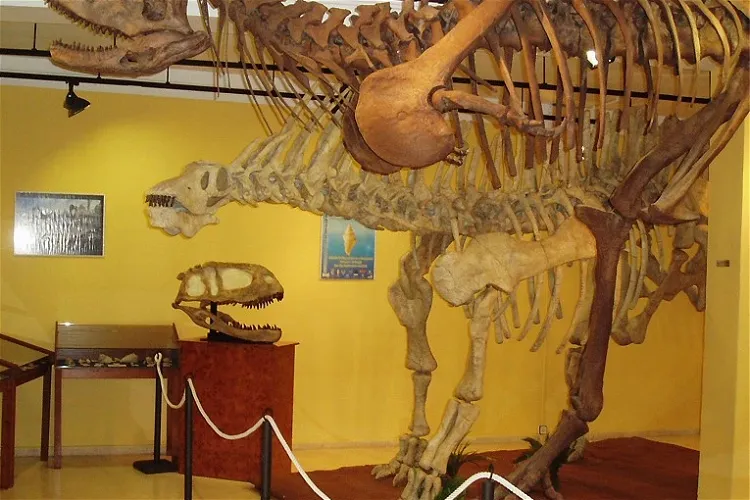
Ethnographic Museum
EsteponaThe Municipal Museum of Estepona is a unique museum complex located in Estepona, Spain. It is composed of five sub-museums, each dedicated to a different theme. These themes include archaeology, paleontology, ethnography, bullfighting, and image and sound. This diverse range of themes provides a comprehensive insight into the rich history and culture of Estepona and the surrounding region.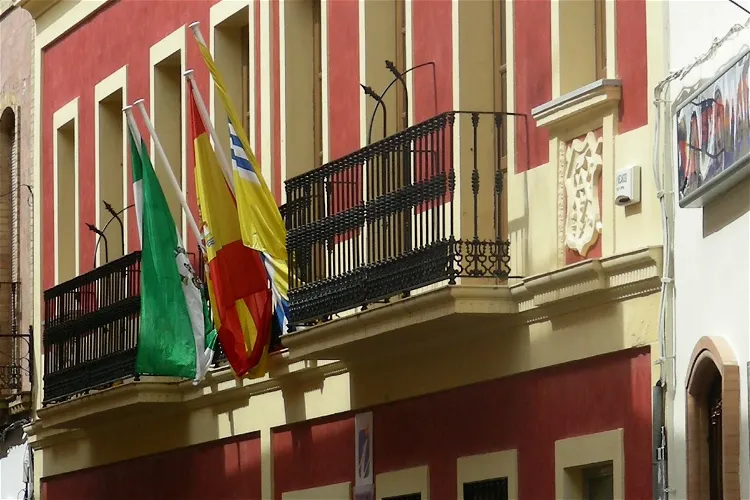
Carnival Museum
Isla CristinaThe Carnival Museum of Isla Cristina, situated in Huelva, Spain, is a unique cultural destination that was inaugurated in 2007. The museum is housed in a rehabilitated 19th-century courtyard, a typical residential construction of the working class during that era. This historical setting adds a layer of authenticity to the museum experience, making it a fascinating place to explore.
Museo de Artes y Costumbres Populares
BegíjarThe Museo de Artes y Costumbres Populares de Begíjar is situated in the historic center of the municipality of Begíjar, in the province of Jaén, Spain. This location is part of the cultural heritage declared by the Junta de Andalucía with integral protection. The museum is dedicated to the research, dissemination, and conservation of historical and anthropological heritage, from the perspective of social processes and respect for cultural diversity.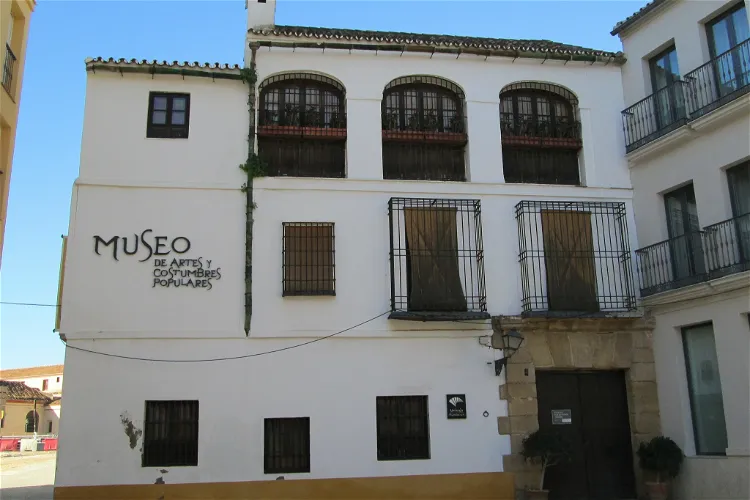
Museum of Arts and Popular Customs
CómpetaThe Museum of Arts and Popular Customs, also referred to as the Unicaja Museum of Popular Arts, is an ethnographic museum. It is situated in the Historic Center of Málaga, Spain. This location makes it easily accessible for tourists who are exploring the city's rich history and culture.- 20
Centro de interpretación Judería de Sevilla
SevilleThe Centro de interpretación Judería de Sevilla is a museum in Seville that is focused on the neighborhood and its Jewish history, culture and the Diaspora. - 21
Raisin Museum
AlmácharSmall museum presenting the story of grapes being turned into raisins. There are traditional tools and photos on display. - 22
Museo Municipal de Palma del Río
Palma del RíoThe Museo Municipal de Palma del Río is a museum that is managed and owned by the municipality. It is located in the city of Palma del Río, which is in the province of Córdoba, Spain. This museum is a representation of the city's commitment to preserving and showcasing its rich history and culture.